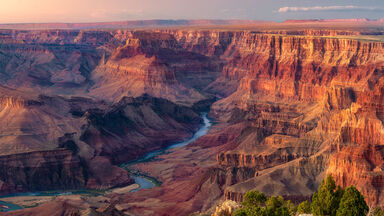Mission stations north of the 'Orange were established a few years later, and in 1813 the Rev. John Campbell, after visiting Griqualand West for the London Missionary Society, traced the Harts river, and from its junction with the Vaal followed the latter stream to its confluence with the Orange, journeying thence by the banks of the Orange as far as Pella, in Little Namaqualand, discovering the great falls.
It ascends the Parana to the great falls of Guayra, or Sete Quedas, and thence westward along the water-parting of the Sierra de Maracayu to the cerro of that name, thence northerly along the Sierra d'Amambay to the source of the Estrella, a small tributary of the Apa, and thence down those two streams to the Paraguay.
The most noteworthy of these are the great falls of the Iguassu, near the junction of that river with the Uruguay.
In 1905 the value of the products of the factories of Anaconda and Great Falls was 63.5% of that for the entire state.
The first exploration within the borders of Montana was made in 1743 by Sieur de la Verendrye, who in that year led an expedition up the Missouri river to the Great Falls and near where Helena now stands; the first exploration in that part of the state which lies west of the main range of the Rocky Mountains was made by Meriwether Lewis and William Clark in 1805.





